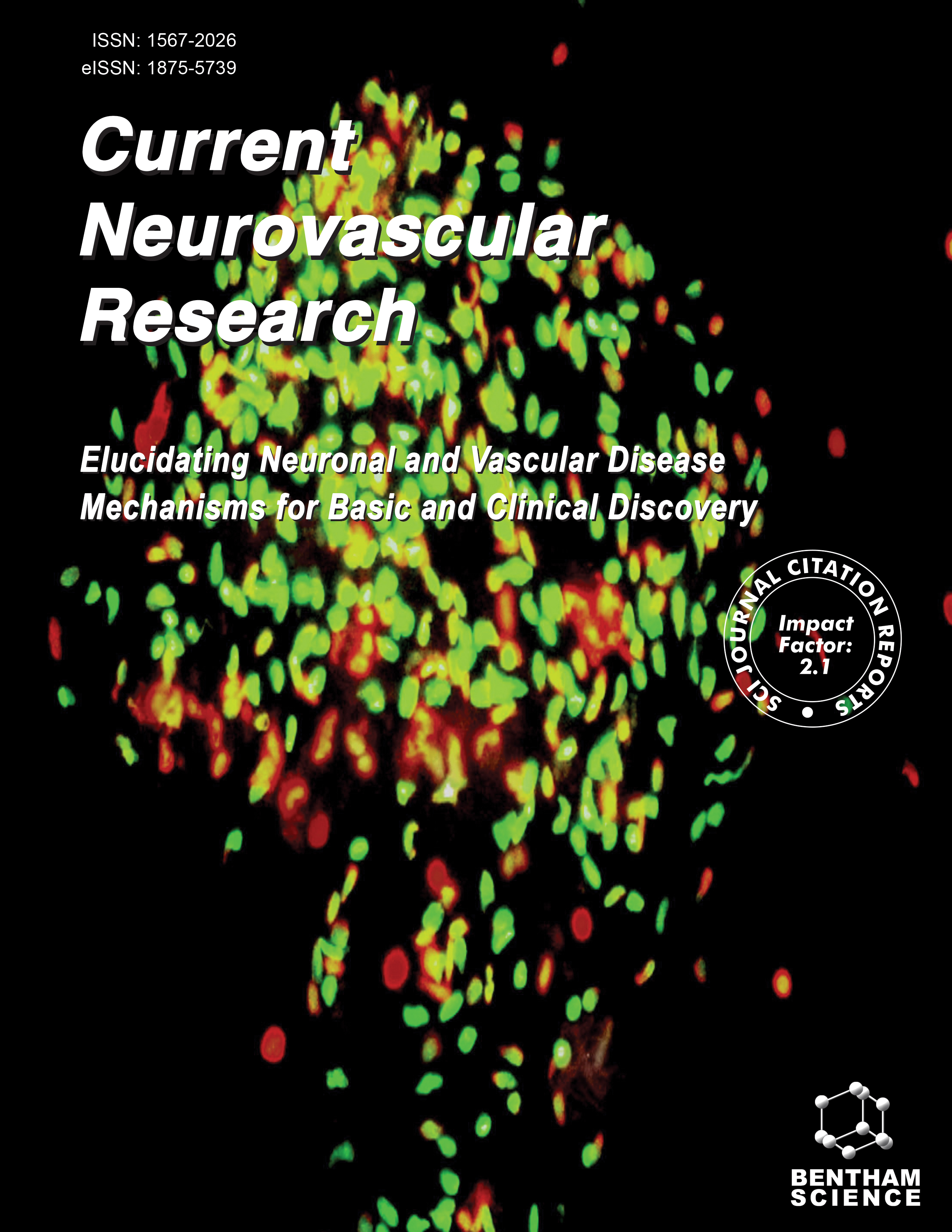
Full text loading...
We use cookies to track usage and preferences.I Understand
Multiple sclerosis (MS) is a progressive autoimmune condition that primarily affects young people and is characterized by demyelination and neurodegeneration of the central nervous system (CNS). This in-depth review explores the complex involvement of oligodendrocytes, the primary myelin-producing cells in the CNS, in the pathophysiology of MS. It discusses the biochemical processes and signalling pathways required for oligodendrocytes to function and remain alive, as well as how they might fail and cause demyelination to occur. We investigate developing therapeutic options that target remyelination, a fundamental component of MS treatment. Remyelination approaches promote the survival and differentiation of oligodendrocyte precursor cells (OPCs), restoring myelin sheaths. This improves nerve fibre function and may prevent MS from worsening. We examine crucial parameters influencing remyelination success, such as OPC density, ageing, and signalling pathway regulation (e.g., Retinoid X receptor, LINGO-1, Notch). The review also examines existing neuroprotective and anti-inflammatory medications being studied to see if they can assist oligodendrocytes in surviving and reducing the severity of MS symptoms. The review focuses on medicines that target the myelin metabolism in oligodendrocytes. Altering oligodendrocyte metabolism has been linked to reversing demyelination and improving MS patient outcomes through various mechanisms. We also explore potential breakthroughs, including innovative antisense technologies, deep brain stimulation, and the impact of gut health and exercise on MS development. The article discusses the possibility of personalized medicine in MS therapy, emphasizing the importance of specific medicines based on individual molecular profiles. The study emphasizes the need for reliable biomarkers and improved imaging tools for monitoring disease progression and therapy response. Finally, this review focuses on the importance of oligodendrocytes in MS and the potential for remyelination therapy. It also underlines the importance of continued research to develop more effective treatment regimens, taking into account the complexities of MS pathology and the different factors that influence disease progression and treatment.

Article metrics loading...

Full text loading...
References


Data & Media loading...

